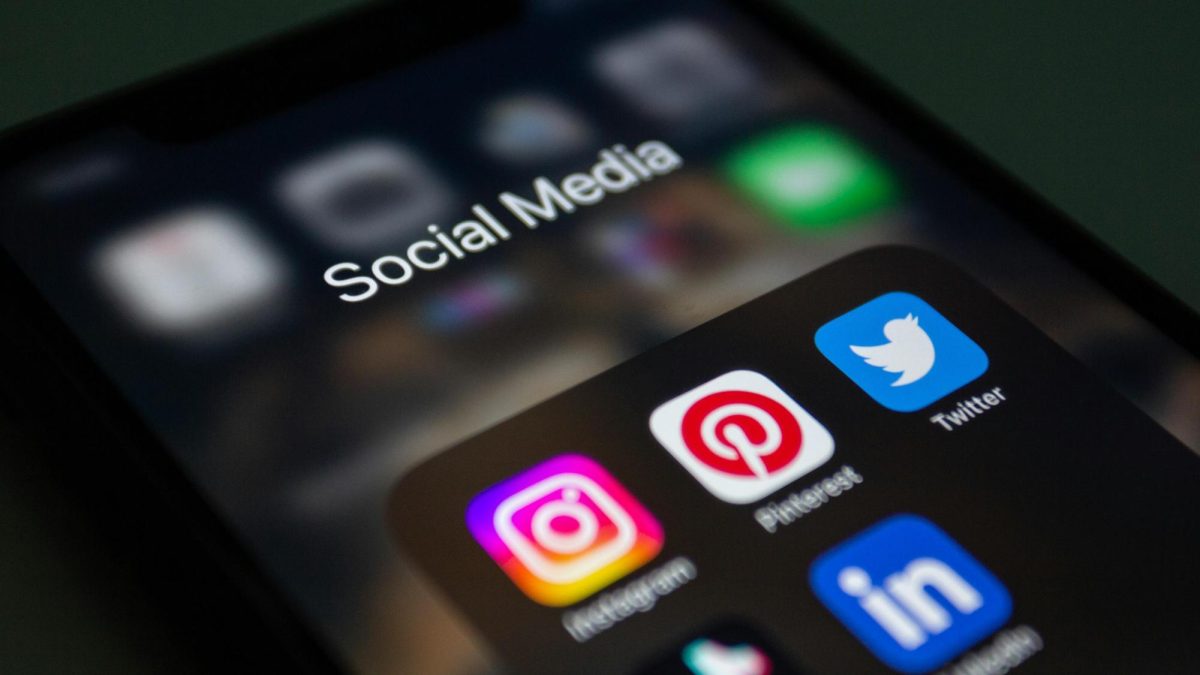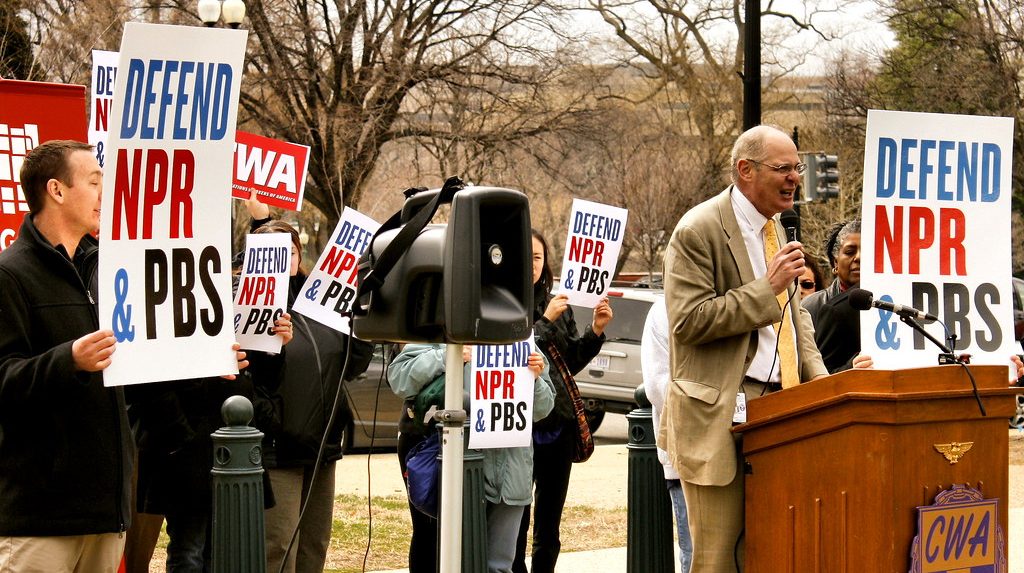Fields. Vast fields, where corn is not grown. It’s made. While the movie “The Matrix” is a beautiful allegory for corporate America and gender issues, how humans were born (or rather, crossed and incubated) could be another allegory for a much more pressing issue to American industry: how our food is grown. This issue has created debates on whether or not modified plants should be consumed. While some believe that human modification is detrimental to human health, the benefits that modification can bring outweigh the disadvantages.
There are many types of genetic modification, ranging from simple crossbreeding to irradiating seeds, but all of them have one thing in common: human influence. Everything that differs from its wild variant has been genetically modified in some shape or form, from the strawberries in the supermarket larger than your thumb to US Yellow Corn Grade 2, the most widely grown and produced kind of corn or grain, in the United States.
While irradiating seeds sounds scary, like Chernobyl and Three Mile Island will happen in our stomachs, it is very harmless and has birthed a popular fruit variant. Grapefruits used to only be a lighter version of pink, but with “mutation breeding” where genes are modified with radiation and then cross-bred to lock these new genes in, grapefruit has a new and popular deeper red variant.
The most prolific and ubiquitous GMO in America is corn, the most grown crop in general and having roughly 40 variants registered (US Department of Agriculture 2018). Some of it is sweet corn found in grocery stores, but much of it is used for more industrial purposes, like being fed to meat animals or processed into cornmeal or Ethanol, a gasoline replacement chemical. A production on this large of a scale would be impossible without the insect and herbicide resistance that genetic modification can bring.
With modification, however, this staple crop can reduce the burning of fossil fuels with its production of Ethanol and provide cheap food for those who cannot afford much through cheap cornmeal and cheaper fed meat and poultry.
Unfortunately, many people have heard and spread false information about this near miracle of modern biotechnology, whether accidentally or purposefully poisoning people against endorsing genetic modification. One of the things said is that it is harmful to human health to consume genetically modified organisms. This is false. In a 2016 chapter review, the National Academies of Sciences, Engineering, and Medicine concluded that “no overt consequences” and “no effects on human health have been shown” when consuming genetically modified crops.
Still, bad actors continue to make a profit off of well-meaning people’s fears. One of these is the Popcorners brand, which claims to use “Non-GMO Corn.” Unfortunately, they lie.
All corn is derived from the wild grass Teosinte, which Native Americans brought from modern-day Mexico up through the Mississippi River into what is now the US, and along the way cross-bred it for larger kernels and harder varieties. This cross-breeding was done so much so that the corn recognized by people who aren’t plant historians looks nothing like the original Teosinte at all.
As you can see, human modification is ubiquitous in our food, and non-GMO labels can be misleading into believing that the food is healthier because of its lack of modification. Because of the vast good genetic modification can do, and because it is harmless to human health, we should be able to live without fear of what food we are putting in our bodies.























